Want to contribute to this article?
Successfully implementing and managing a tool as powerful as EQMS goes well beyond configuring the system. The key to getting great results largely depends on what you do before integrating the system into your operations.
Below are five tasks our services team recommends all businesses complete prior to implementing Qualsys's software solution.

1. Set realistic goals
"It is important to set goals at the start of your Qualsys software implementation so you can manage your stakeholders' expectations and know what you want to achieve, and when you want to achieve it by.
But when you are setting your goals, it's worth thinking about what is realistic and achievable. For example, while it is possible to configure, train and roll out our system in a month or two, if you have other responsibilities or outdated processes or you are consolidating multiple legacy systems, it will take longer.
When we start working with you, we will help you establish achievable goals in a realistic time-frame based on your available resources."

Assad Toor, Service Implementation Manager
2. Get stakeholders involved
"Our project scoping workshops are an opportunity to get stakeholders from across your organisation involved in EQMS.
Of course, you'll need your key decision-makers there, but it's also worth inviting those who will be using the system. They'll be able to provide insight into how processes are actually carried out and how they think those processes could be optimised.
Before the workshops, we can give you advice on who to invite, and how to communicate with your stakeholders and help you get them engaged."

Mark Brook, Senior Service Implementation Manager
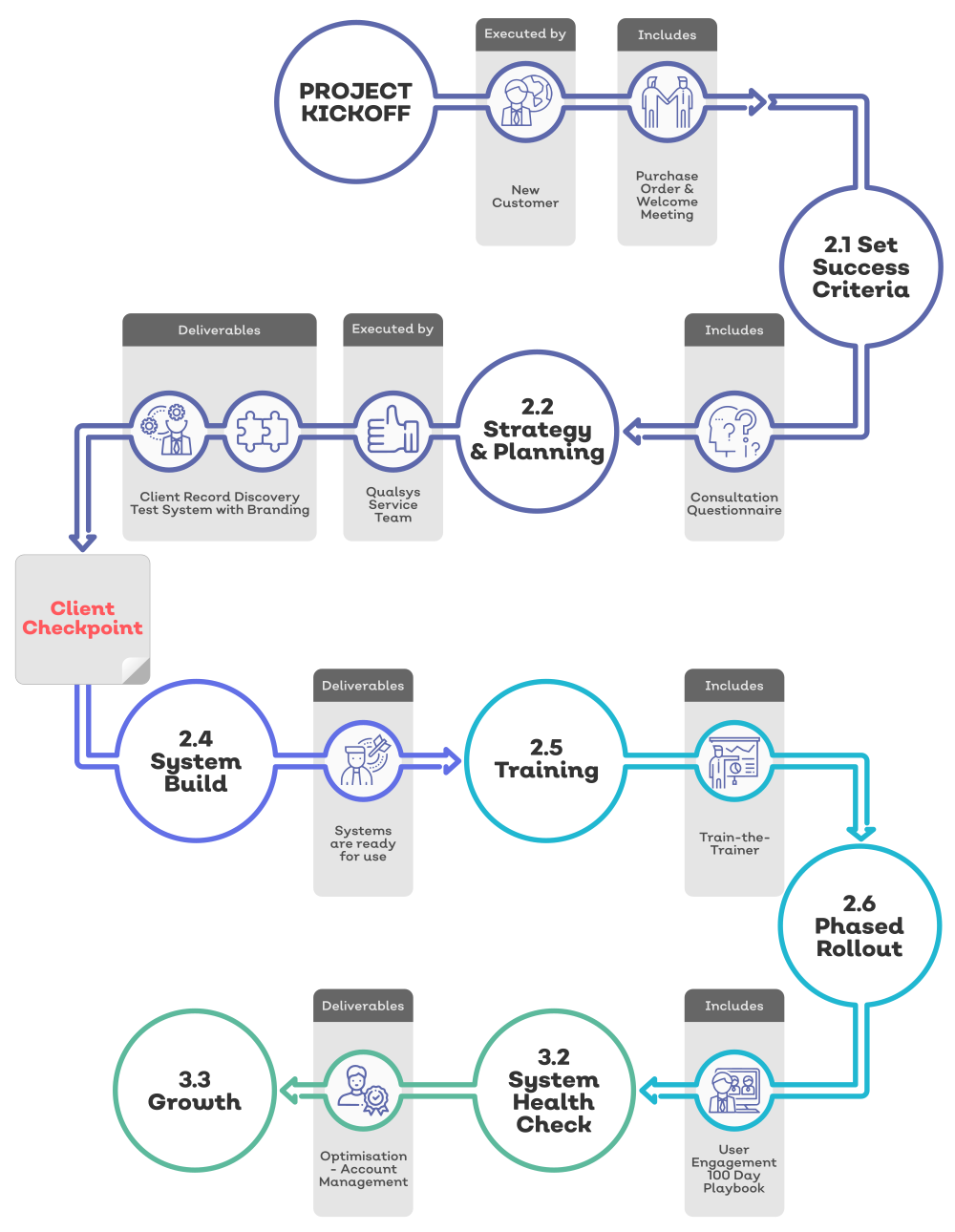
Qualsys's project implementation process
3. Engage your end users
"Getting end users engaged with our software during the implementation process is essential.
Imagine EQMS were an iTunes account. You sent all of your friends an amazing playlist. But you realise your friends are not so keen to start using it. Why? You uploaded all of your music, used all of your own playlists, and named it what you wanted to.
But if you'd involved all your friends from the start and got them excited about the iTunes account, they'd have felt like they own the account, given you their ideas, and been more likely to provide constructive feedback.
The same is true for EQMS. Getting your end users engaged is key. You can send them a quiz asking about their challenges, a poll asking what they want to call their new system, or ask them what branding they would like to see on the system."
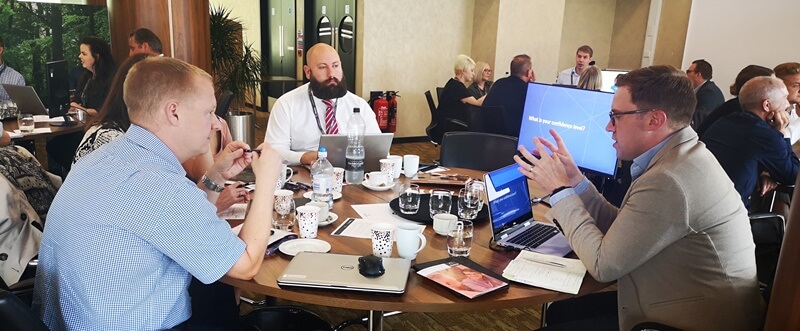
Chris Owen, Services Director
4. Consider your options
"Considering all your options at the start of your implementation will save you lots of time at a later date.
Implementing EQMS is much like decorating a house. If you just go with the first sample you like the look of, you'll soon see other wallpaper or colour palettes you prefer. Instead, you want to get lots of different samples. Try them out. Ask people. Write up the pros and cons of each. Then make a decision.
You may already have a clear idea of how you want EQMS configured, but we're here to talk through all of your options with you."
Caroline Wilson, Service Implementation Manager
5. Do a spring clean
"Unless you're one of a rare breed who keeps every document, procedure and process up to date, archives everything you don't currently need, and are basically a human version of our software, you (and most other people in your organisation) will probably have lots of information on your desktop or shared files or in your filing cabinets which needs to be updated.
One of the benefits of implementing EQMS is that it gives you the opportunity to take a step back, look at your current processes and give them a 'spring clean'. You can streamline, remove redundant information, reduce waste and build robust processes.
Rather than migrating everything as it is, we recommend reviewing what you need and then only using that."

Dave Beard, Service Implementation Manager
What to do now
Join the 100 Day Playbook mailing list for a drip feed of engagement tools, tactics and tips.




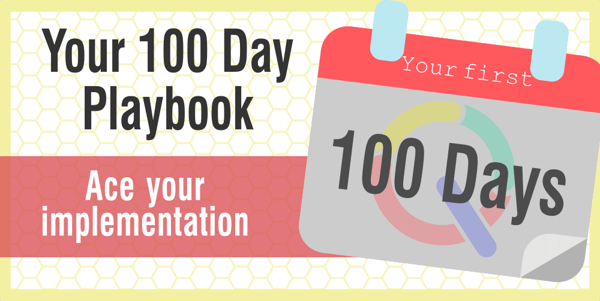
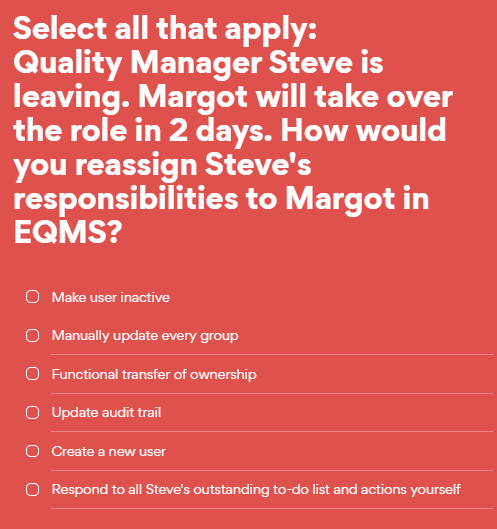

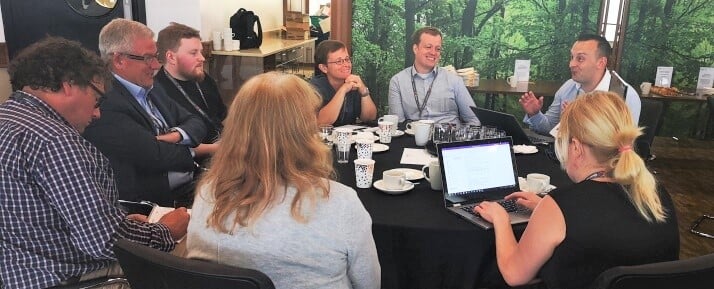

Share your thoughts on this article